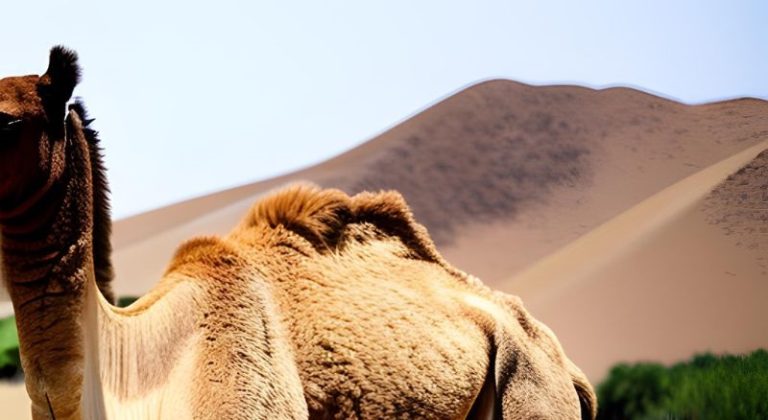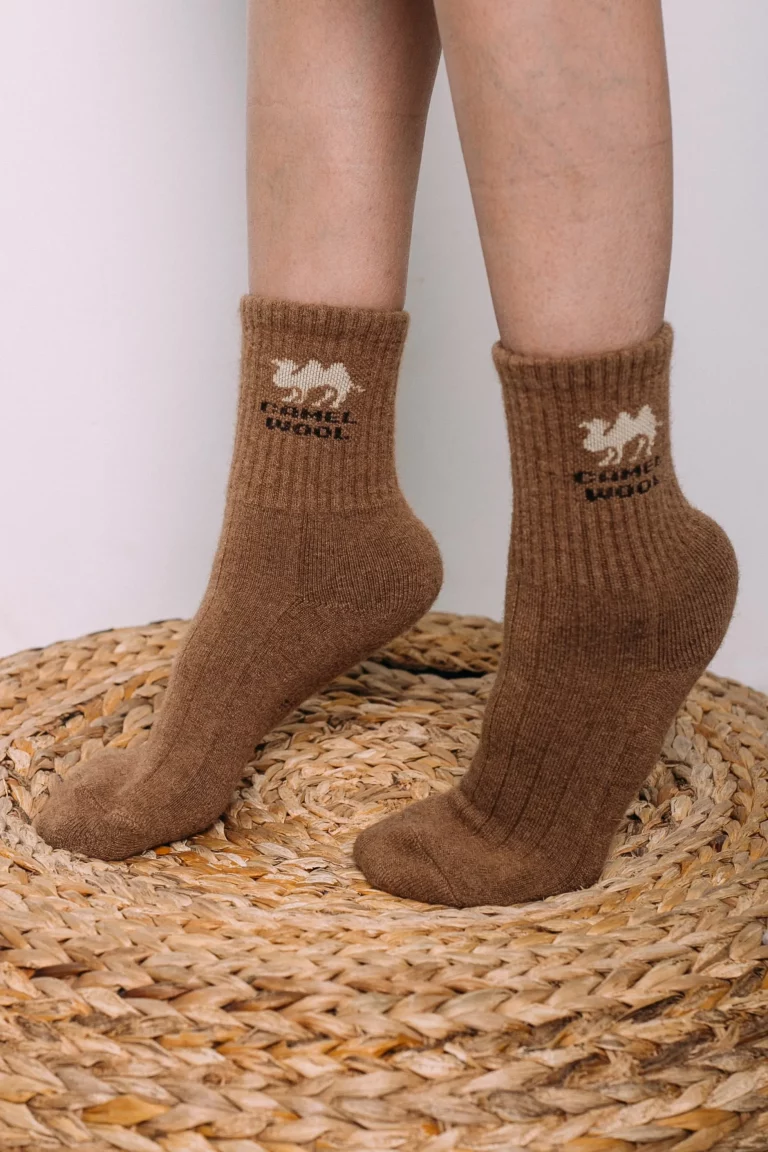How is Camel Wool Made?
Camel wool, also known as camel hair or camel fiber, is a luxurious and versatile material that has been used for centuries. This article explores the process of making camel wool, from the shearing of the camels to the production of the final product. Let’s dive into the fascinating world of camel wool production.
Camel Wool Production

1. Shearing the Camels
The first step in the production of camel wool is shearing the camels. Professional shearers carefully remove the wool from the camels’ coats, ensuring that the animals are comfortable and unharmed during the process. Shearing is typically done once a year, and it is important to time it correctly to obtain the best quality wool.
2. Sorting and Cleaning the Wool
After shearing, the camel wool is sorted and cleaned. The wool is carefully examined to remove any impurities, such as dirt, dust, or vegetable matter. Skilled workers meticulously separate the wool based on its color, length, and texture, ensuring that each batch meets the desired quality standards.
3. Carding and Spinning
Once the wool is sorted and cleaned, it undergoes carding and spinning. Carding involves passing the wool fibers through a series of brushes or combs to align them in the same direction. This process helps remove any remaining impurities and creates a uniform texture. The carded wool is then spun into yarn, either by hand or using mechanized spinning machines.
4. Dyeing the Wool
Camel wool can be left in its natural color or dyed to achieve a wide range of vibrant hues. Dyeing is done using natural or synthetic dyes, depending on the desired outcome. The wool is carefully immersed in dye baths, and skilled dyers monitor the process to ensure even color distribution. After dyeing, the wool is thoroughly rinsed and dried.
5. Weaving and Knitting
Once the wool is ready, it can be transformed into various products through weaving or knitting. Skilled artisans use traditional looms or knitting needles to create beautiful fabrics, garments, and accessories. The versatility of camel wool allows for the production of warm and cozy sweaters, scarves, blankets, and even carpets.
6. Finishing and Quality Control
After the weaving or knitting process, the camel wool products undergo finishing and quality control procedures. These include washing, pressing, and inspecting the final items for any defects. Skilled craftsmen make sure that the products meet the highest standards of quality before they are ready to be distributed and enjoyed by customers.
Preserving Tradition Amid Progress
In the quest for modernization, camel wool production remains rooted in tradition. This careful balance ensures:
- Efficiency with Respect: Modern methods like mechanized shearing maintain efficiency without compromising camel well-being.
- Honoring Culture: In culturally significant regions, traditional practices are thoughtfully integrated, celebrating the art of camel wool craftsmanship.
- Sustainability Focus: Ethical treatment of animals and eco-friendly dyeing methods define modern camel wool production, aligning with today’s values.
- Anchored Heritage: As innovation meets tradition, camel wool products carry both contemporary craftsmanship and echoes of generations past.
- Harmony of Old and New: By harmonizing age-old wisdom and modern techniques, camel wool production bridges generations and paves a sustainable path forward.
In sum, the fusion of tradition and progress doesn’t just shape camel wool—it ensures its legacy endures.
Conclusion
Camel wool production is a meticulous and skilled process that results in exquisite textiles. From the careful shearing of the camels to the weaving or knitting of the wool, each step contributes to the creation of luxurious and durable products. The unique properties of camel wool, such as its softness, warmth, and hypoallergenic nature, make it a sought-after material in the fashion and textile industry.







